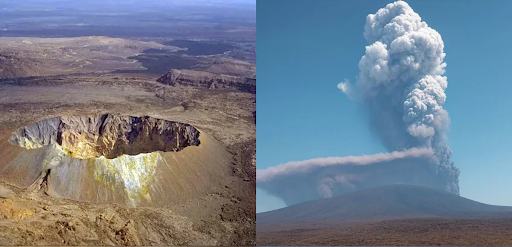Description
Disclaimer: Copyright infringement not intended.
Context
Assam's Mising tribe celebrated the traditional Ali Ai Ligang festival in Jorhat, marking the start of the agricultural season with vibrant cultural rituals and community festivities.
About Mising tribe
- They are an indigenous tribe from Northeast India. They live in parts of Assam and Arunachal Pradesh in India and Tibet in China. They are one of the largest tribal groups in Assam
- They are part of the Tani people.
- They speak Tibeto-Burmese languages.
- Tibetans call them "Lhobhas," which means "southerners' ' because they live in South Tibet and areas now in Arunachal Pradesh.
- Total population of Mising is around 680000 in Assam as per census 2011.
- They can be described as the only riparian tribe of Northeast India since their lives are closely associated with rivers.
- Agriculture and fishing – both are closely interlinked with their life and culture.
Originally, they used to practice ‘Jhum’ or slash & burn method as an agricultural practice.
- However, over the years after settling down in the plains of Assam, they have mastered the art of wet paddy cultivation, and at present they are good settled cultivators.
- The main festival of the Mising people is ‘Ali-Aye-Ligang’, its origin lies in jhum cultivation. Ali means edible root, Aye means seed, and Ligang means sowing festival.
- Ali Aye Legang is the main festival of the Mishing tribe and is celebrated in the month of February.
- The Mising people practice the cult of ‘Do-nyi – Polo’ which literally translates into worshiping the Sun and the Moon.
Sources:
ANI
|
PRACTICE QUESTION
Q. Which festival, celebrated by the Mising tribe of Assam, marks the beginning of the agricultural season?
(A) Baisakhi
(B) Ali Ai Ligang
(C) Hornbill
(D) Lohri
Answer: (B) Ali Ai Ligang
Assam's Mising tribe celebrated the traditional Ali Ai Ligang festival in Jorhat, marking the start of the agricultural season with vibrant cultural rituals and community festivities.
|










